
Exploring the Charm of Old City, Chiang Mai
Discover Old City Chiang Mai: A blend of ancient temples, bustling markets, and charming cafes, offering a vibrant mix of history and modernity.
Nestled within the ancient walls and a moat, Old City in Chiang Mai offers a unique blend of history, culture, and modernity. This historic quarter is a treasure trove of temples, bustling markets, and quaint cafes, making it an unmissable destination for tourists. Wander through its narrow lanes and discover the rich tapestry of Lanna culture that thrives amidst the modern amenities. The Old City is home to over 30 temples, each with its own distinct architectural style and history. Wat Phra Singh and Wat Chedi Luang are among the most revered, offering a glimpse into the spiritual heart of Chiang Mai. The Sunday Walking Street Market transforms the area into a vibrant hub of activity, where you can sample local street food, shop for handmade crafts, and enjoy traditional performances. For a more relaxed experience, visit one of the many cafes and restaurants that line the streets. These establishments often occupy charming, restored buildings and offer an eclectic mix of Thai and international cuisine. Don't miss the chance to try Khao Soi, a northern Thai curry noodle dish that is a local specialty. Old City is not just about the past; it's a living, breathing part of Chiang Mai that seamlessly blends the old with the new. Whether you're a history buff, a foodie, or someone looking to soak in the local culture, this neighborhood has something for everyone.
Local tips in Old City
- Visit temples early in the morning to avoid crowds and experience a serene atmosphere.
- Wear comfortable walking shoes as the best way to explore Old City is on foot.
- Try the local street food at the Sunday Walking Street Market for an authentic taste of Chiang Mai.
- Respect local customs by dressing modestly, especially when visiting temples.
- Carry a reusable water bottle to stay hydrated, as Chiang Mai can get quite hot.
Exploring the Charm of Old City, Chiang Mai
Nestled within the ancient walls and a moat, Old City in Chiang Mai offers a unique blend of history, culture, and modernity. This historic quarter is a treasure trove of temples, bustling markets, and quaint cafes, making it an unmissable destination for tourists. Wander through its narrow lanes and discover the rich tapestry of Lanna culture that thrives amidst the modern amenities. The Old City is home to over 30 temples, each with its own distinct architectural style and history. Wat Phra Singh and Wat Chedi Luang are among the most revered, offering a glimpse into the spiritual heart of Chiang Mai. The Sunday Walking Street Market transforms the area into a vibrant hub of activity, where you can sample local street food, shop for handmade crafts, and enjoy traditional performances. For a more relaxed experience, visit one of the many cafes and restaurants that line the streets. These establishments often occupy charming, restored buildings and offer an eclectic mix of Thai and international cuisine. Don't miss the chance to try Khao Soi, a northern Thai curry noodle dish that is a local specialty. Old City is not just about the past; it's a living, breathing part of Chiang Mai that seamlessly blends the old with the new. Whether you're a history buff, a foodie, or someone looking to soak in the local culture, this neighborhood has something for everyone.
Iconic landmarks you can’t miss
Tha Phae Gate
Discover the rich history and vibrant culture at Tha Phae Gate, a historic landmark in Chiang Mai, Thailand, surrounded by lively markets and events.
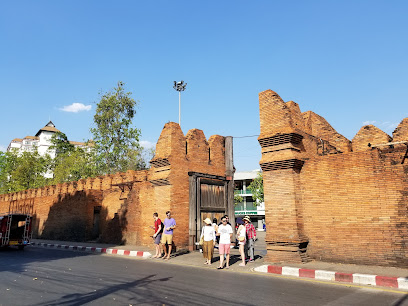
Wat Phra Singh Woramahawihan
Explore the serene beauty and rich cultural heritage of Wat Phra Singh, an iconic Buddhist temple in the heart of Chiang Mai.

Wat Chedi Luang
Discover the serene beauty and historical significance of Wat Chedi Luang, a must-visit Buddhist temple in the heart of Chiang Mai, Thailand.

Three Kings Monument
Explore the rich history and cultural heritage of Chiang Mai at the iconic Three Kings Monument, a must-visit tourist attraction.
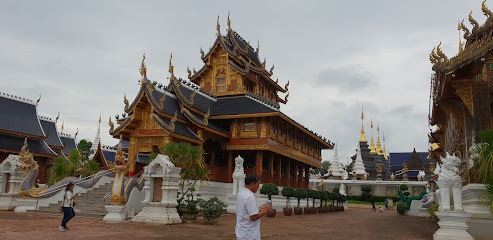
Tha Phae Walking Street
Discover the vibrant Tha Phae Walking Street, an iconic night market in Chiang Mai filled with delicious food, unique crafts, and lively entertainment.
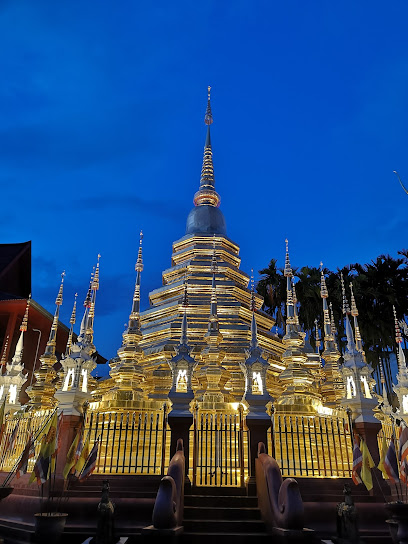
Chiang Mai Gate
Discover the historical charm of Chiang Mai Gate, a must-visit landmark that showcases the rich cultural heritage of Thailand's northern city.

Saun Dok Gate
Explore the captivating history of Saun Dok Gate, a stunning historical landmark in Chiang Mai, Thailand, rich in culture and architectural beauty.
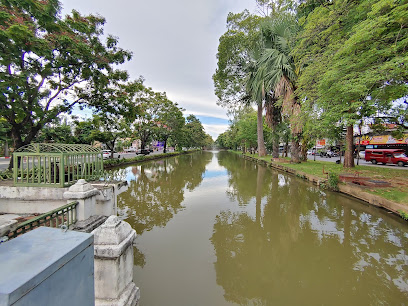
Chiang Mai Historical Centre
Explore the Chiang Mai Historical Centre, a captivating museum revealing the vibrant history and culture of Northern Thailand through engaging exhibits.

Hua Lin Corner
Explore the beauty and history of Hua Lin Corner, a captivating landmark in Chiang Mai known for its stunning architecture and cultural significance.
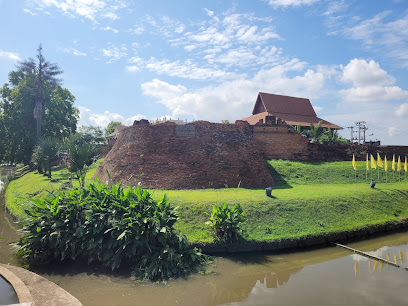
Huge old tree
Explore the enchanting Huge Old Tree in Chiang Mai, a serene natural wonder rich in history and beauty, perfect for a peaceful retreat.
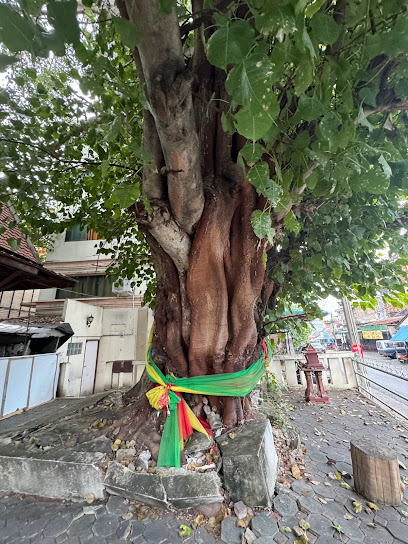
Unmissable attractions to see
Tha Phae Gate
Explore the rich history and vibrant culture of Chiang Mai at Tha Phae Gate, a must-visit historical landmark and cultural hub.
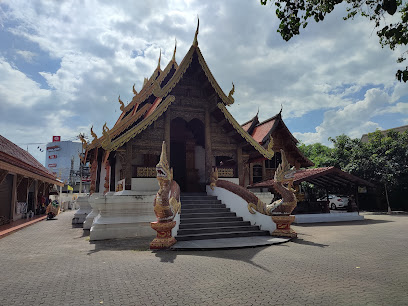
Wat Phra Singh Woramahawihan
Discover the spiritual beauty and cultural heritage of Wat Phra Singh Woramahawihan, Chiang Mai's iconic Buddhist temple showcasing Lanna architecture.
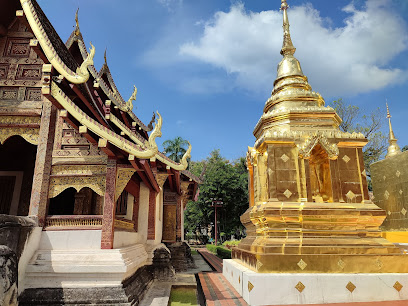
Nong Buak Haad Public Park
Explore Nong Buak Haad Public Park, a tranquil retreat in Chiang Mai, featuring beautiful landscapes, leisure activities, and cultural experiences for all ages.
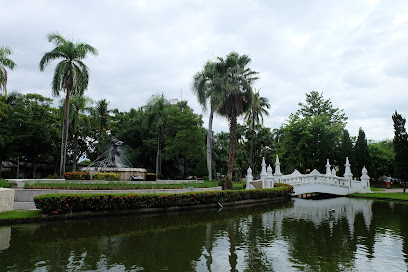
Tha Phae Walking Street
Discover the vibrant flavors and crafts of Chiang Mai at Tha Phae Walking Street, a bustling night market filled with local culture and delicious street food.
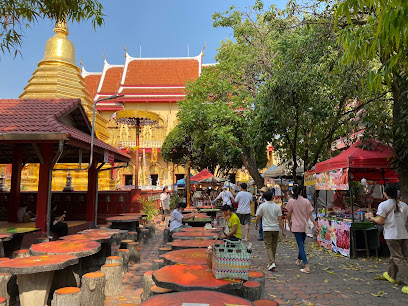
Wat Suan Dok
Experience the tranquil beauty and spiritual significance of Wat Suan Dok, Chiang Mai's enchanting Buddhist temple amidst lush gardens.

หอคำหลวง
Explore the enchanting beauty of Chiang Mai National Park, where lush landscapes and diverse wildlife await every traveler.

Chiang Mai Gate
Explore the historic Chiang Mai Gate, a vibrant hub of culture and cuisine in the heart of Northern Thailand, rich in heritage and local charm.

Lanna Folklife
Explore the vibrant heritage of northern Thailand at Lanna Folklife in Chiang Mai, where culture, art, and history intertwine.

Saun Dok Gate
Discover the rich history and vibrant culture at Saun Dok Gate, an iconic landmark in Chiang Mai, Thailand. A must-visit for history enthusiasts.

Chiang Mai Historical Centre
Explore the captivating history and cultural evolution of Chiang Mai at the Chiang Mai Historical Centre, a must-visit for history enthusiasts.
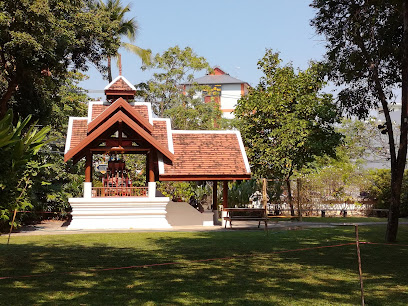
Big old tree
Discover the serene beauty of Chiang Mai's Big Old Tree, a natural wonder that invites visitors to relax and connect with nature's timeless elegance.
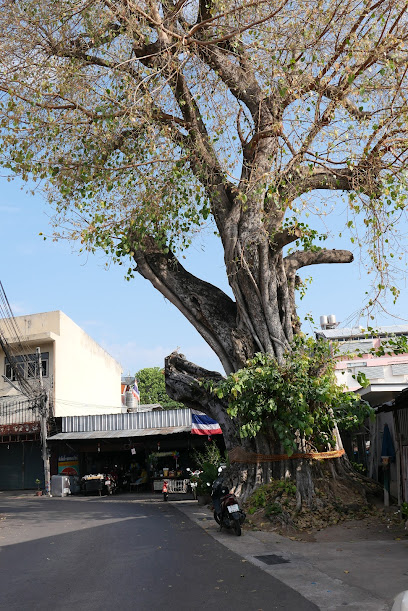
Essential places to dine
THE HOUSE by Ginger
Experience authentic Thai cuisine at THE HOUSE by Ginger in Chiang Mai - where tradition meets taste in every dish.
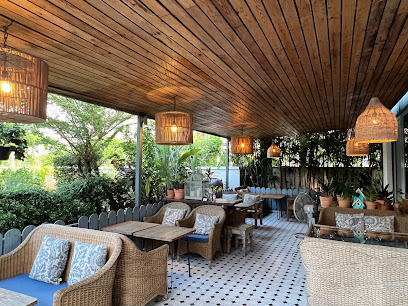
Aroy Dee
Discover authentic Thai flavors at Aroy Dee in Chiang Mai – where every dish tells a story.
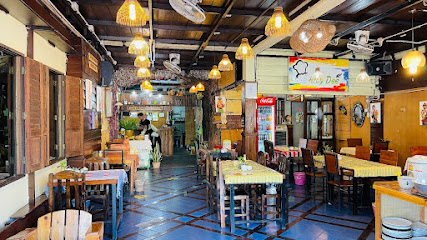
Nun‘s Restaurant
Discover authentic Thai flavors at Nun's Restaurant in Chiang Mai – where every dish tells a story.

LINK Cuisine
Discover the authentic taste of Thailand at LINK Cuisine in Chiang Mai – where tradition meets modern dining.
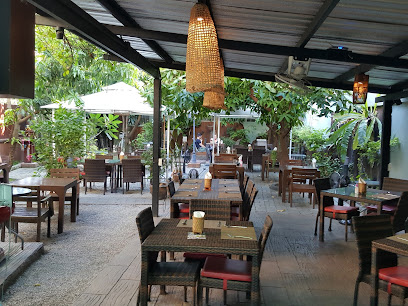
The Old City Inn
Discover authentic Thai flavors at The Old City Inn in Chiang Mai - where tradition meets vibrant dining experiences.
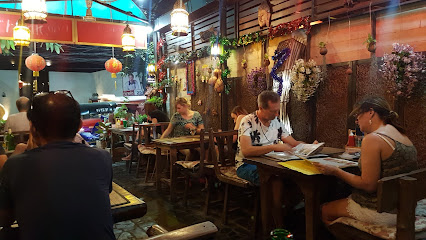
The Happy Frog
Discover unique flavors and vibrant ambiance at The Happy Frog in Chiang Mai – your go-to restaurant for delightful Thai cuisine.
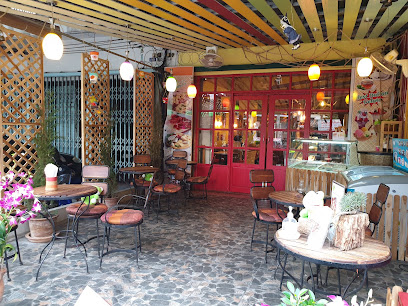
The Vorra Bistro at The Chiang Mai OLD TOWN Hotel
Experience authentic Italian flavors at The Vorra Bistro in Chiang Mai's Old Town - where culinary artistry meets warm hospitality.
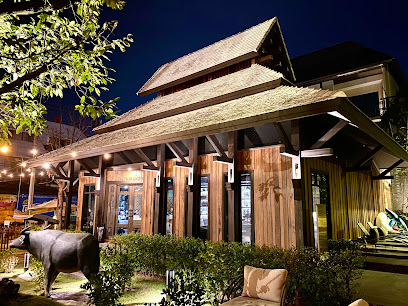
The House Kitchen
Experience authentic Thai flavors at The House Kitchen in Chiang Mai—where every dish tells a story.

Madame Koh Fun Dining
Indulge in an exquisite blend of Asian flavors at Madame Koh Fun Dining in Chiang Mai – where every dish tells a story.

Eat Restaurant
Experience authentic Thai cuisine at Eat Restaurant in Chiang Mai – where flavors come alive in every dish!
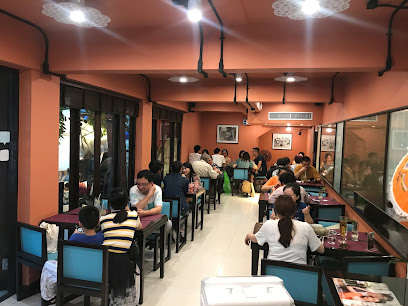
Markets, malls and hidden boutiques
MAYA Lifestyle Shopping Center Chiangmai
Discover a fusion of shopping, dining, and entertainment at MAYA Lifestyle Shopping Center in Chiang Mai, a vibrant destination for every traveler.
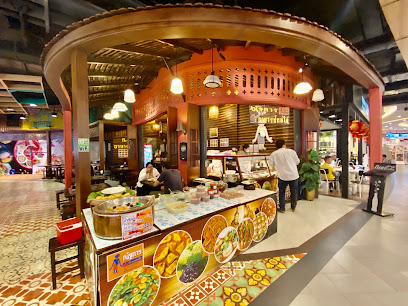
Jing Jai Market
Explore the heart of Chiang Mai at Jing Jai Market, where local flavors, crafts, and culture come together in a vibrant marketplace.
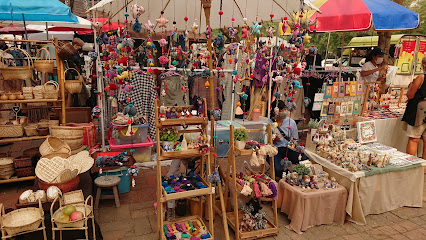
Hannah Organic
Discover the unique cannabis culture at Hannah Organic in Chiang Mai, where quality products meet a welcoming atmosphere.

ChiangmaiCotton
Explore ChiangmaiCotton in Chiang Mai for unique clothing and authentic Thai textiles that blend tradition with modern flair.
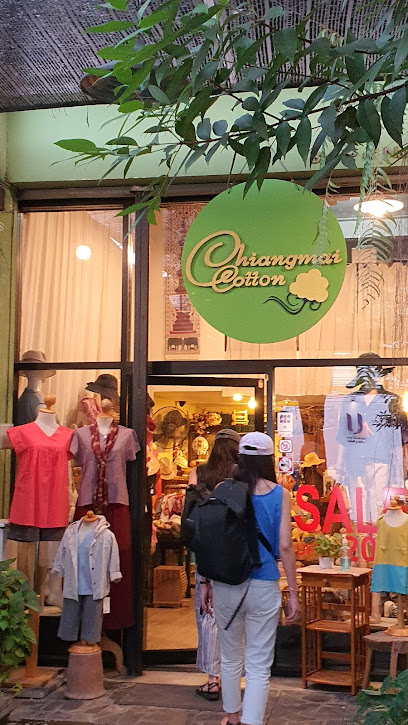
Chanya Shops and Gallery
Explore modern fashion and unique local designs at Chanya Shops and Gallery in Chiang Mai, a must-visit for every style-savvy traveler.
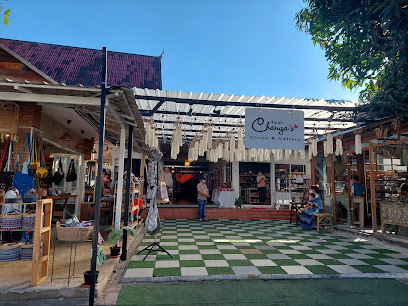
Rojana Art & Souvenirs
Discover unique handcrafted treasures at Rojana Art & Souvenirs in Chiang Mai, where local artistry meets vibrant culture.

Needle and Clay
Explore Needle and Clay in Chiang Mai for unique souvenirs and authentic Thai handicrafts that celebrate local artistry and culture.
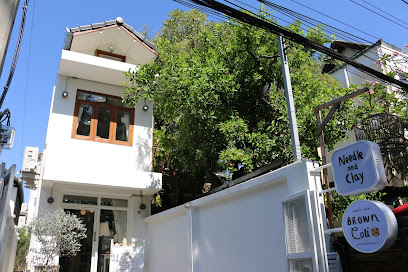
Collectors Store
Experience the allure of vintage fashion at Collectors Store in Chiang Mai, offering a unique selection of clothing for every style.
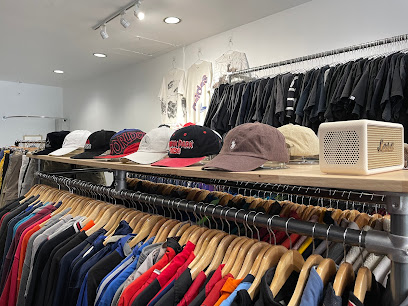
Waikiki Boutique Store
Explore the vibrant Waikiki Boutique Store in Chiang Mai for unique treasures that blend local craftsmanship with contemporary design.

Loyfar shop, Rachadamnoen Rd.(Chiangmai,Walk street)
Explore the vibrant Loyfar Shop on Rachadamnoen Rd, a haven for unique souvenirs and authentic Thai gifts in Chiang Mai's cultural heart.

Essential bars & hidden hideouts
Roots Rock Reggae Chaingmai
Discover the vibrant energy of Roots Rock Reggae in Chiang Mai, where delicious Thai cuisine meets the rhythms of reggae music for an unforgettable night out.

Nophaburi Bar | Thai Cocktail
Discover the vibrant world of Thai cocktails at Nophaburi Bar, where creativity meets tradition in the heart of Chiang Mai.
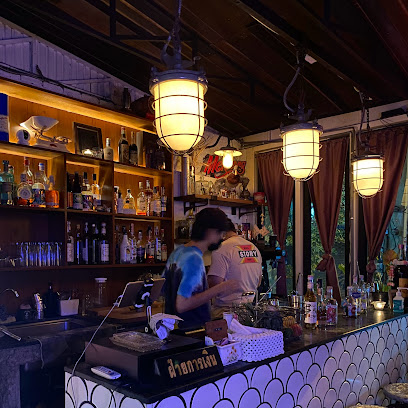
THC Rooftop bar
Discover THC Rooftop Bar in Chiang Mai: Enjoy stunning views, unique drinks, and a vibrant atmosphere for an unforgettable night out.
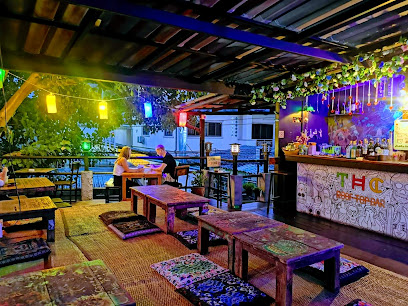
Writer's Club & Wine Bar
Experience the literary charm and diverse wine selection at Writer's Club & Wine Bar in the heart of Chiang Mai.
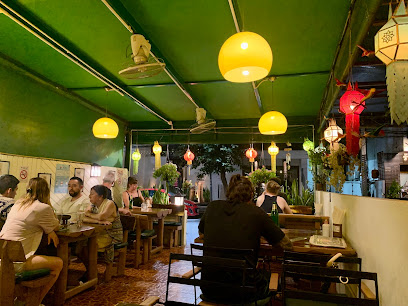
My Bar
Experience the vibrant nightlife of Chiang Mai at My Bar, where refreshing drinks and a friendly atmosphere await you.
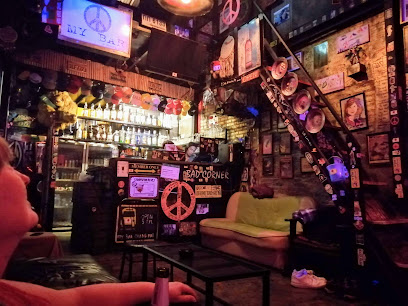
Hardcocktail Bar
Discover the vibrant nightlife of Chiang Mai at Hardcocktail Bar, where innovative cocktails and a cozy ambiance await.
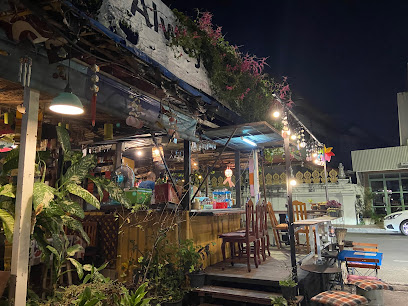
Lost Hut
Experience the vibrant spirit of Chiang Mai at The Lost Hut, the perfect bar for relaxation and socializing in a cozy setting.
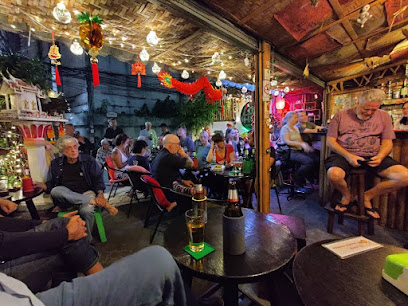
Crazy German Bar
Discover Crazy German Bar in Chiang Mai – a vibrant spot for authentic German drinks, delicious bites, and an unforgettable nightlife experience.

Full Moon Bar
Discover the vibrant nightlife of Chiang Mai at Full Moon Bar, where great drinks and a lively atmosphere await every visitor.

The best bar
Discover a vibrant blend of Thai culture and nightlife at The Best Bar in Chiang Mai, where delicious food meets delightful drinks.
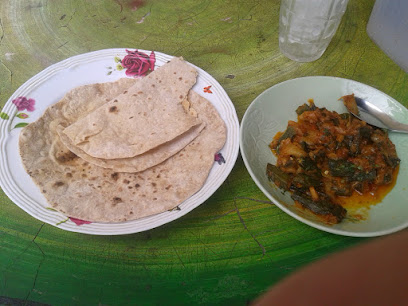
Local Phrases
-
- Helloสวัสดี
[sawasdee] - Goodbyeลาก่อน
[laa kon] - Yesใช่
[chai] - Noไม่
[mai] - Please/You're welcomeขอบคุณ
[kob khun] - Thank youขอบคุณมาก
[kob khun mak] - Excuse me/Sorryขอโทษ
[kor toht] - How are you?สุขสบายไหม
[suk sabai mai] - Fine. And you?สบายดีค่ะ คุณล่ะ
[sabai dee ka kun la] - Do you speak English?คุณพูดภาษาอังกฤษได้ไหม
[kun poot paa saa ang grit dai mai] - I don't understandฉันไม่เข้าใจ
[chan mai khao jai]
- Helloสวัสดี
-
- I'd like to see the menu, pleaseขอดูเมนูหน่อยค่ะ
[kor doo menu noi ka] - I don't eat meatฉันไม่กินเนื้อ
[chan mai gin neu] - Cheers!ชนแก้ว
[chon kaeo] - I would like to pay, pleaseชำระเงินหน่อยค่ะ
[cham ra ngoen noi ka]
- I'd like to see the menu, pleaseขอดูเมนูหน่อยค่ะ
-
- Help!ช่วยด้วย
[chuai duay] - Go away!ไปทางนั้น
[pai tang nan] - Call the Police!โทรตำรวจ
[thor tamruat] - Call a doctor!โทรหมอ
[thor mor] - I'm lostฉันหลงทาง
[chan long tang] - I'm illฉันไม่สบาย
[chan mai sabai]
- Help!ช่วยด้วย
-
- I'd like to buy...ฉันต้องการซื้อ...
[chan tong kaan seu...] - I'm just lookingฉันแค่ดูอย่างเดียว
[chan kae doo yang diao] - How much is it?ราคาเท่าไหร่
[ra ka thao rai] - That's too expensiveแพงเกินไป
[paeng gein pai] - Can you lower the price?ลดราคาได้ไหม
[lot ra ka dai mai]
- I'd like to buy...ฉันต้องการซื้อ...
-
- What time is it?ตอนนี้กี่โมง
[ton nee kee mong] - It's one o'clockเป็นโมง
[pen mong] - Half past (10)สิบครึ่ง
[sip khreung] - Morningเช้า
[chao] - Afternoonบ่าย
[bai] - Eveningเย็น
[yen] - Yesterdayเมื่อวาน
[meua wan] - Todayวันนี้
[wan nee] - Tomorrowพรุ่งนี้
[phrung nee] - 1หนึ่ง
[neung] - 2สอง
[song] - 3สาม
[sam] - 4สี่
[see] - 5ห้า
[ha] - 6หก
[hok] - 7เจ็ด
[jet] - 8แปด
[paed] - 9เก้า
[kao] - 10สิบ
[sip]
- What time is it?ตอนนี้กี่โมง
-
- Where's a/the...?...อยู่ที่ไหน
[...yoo tee nai] - What's the address?ที่อยู่อยู่ที่ไหน
[tee yoo yoo tee nai] - Can you show me (on the map)?ช่วยแสดงที่แผนที่ให้หน่อยได้ไหม
[chuai sa daeng tee paen tee hai noi dai mai] - When's the next (bus)?รถเมล์ตอนต่อไปเวลาเท่าไหร่
[rot mel ton tor pai welaa thao rai] - A ticket (to ....)ตั๋ว(ไป...)
[tua (pai)]
- Where's a/the...?...อยู่ที่ไหน
History of Old City
-
Chiang Mai, founded in 1296, became the capital of the Lanna Kingdom, established by King Mengrai. The Old City served as the political and cultural hub, with its strategic location along trade routes from China and Burma facilitating commerce and cultural exchange.
-
The Old City is home to numerous temples, or 'wats', that reflect the deep-rooted influence of Theravada Buddhism. Wat Phra Singh, built in the 14th century, is a prime example and remains a vital spiritual center, hosting the famous Buddha image revered by locals.
-
In the 18th century, Chiang Mai faced invasions from the Burmese, leading to the city being captured multiple times. The Old City walls, originally constructed for defense, served their purpose during these turbulent times, and remnants can still be seen today.
-
Following the fall of the Lanna Kingdom to Siam in the late 18th century, Chiang Mai underwent significant change. In 1932, it was officially integrated into Thailand, marking a shift in governance and cultural connections, as the Old City adapted to new national policies.
-
In recent decades, there has been a concerted effort to preserve the historical and cultural heritage of the Old City. Restoration projects aim to maintain the integrity of the ancient temples and architectural styles, while festivals like Yi Peng and Songkran celebrate the region's rich traditions.
Old City Essentials
-
Old City is centrally located in Chiang Mai, making it easily accessible from other neighborhoods. If you’re coming from the Night Bazaar, you can take a short tuk-tuk ride, which typically costs around 100-150 THB. From the airport, taxis and ride-sharing services like Grab are available, with a fare of around 150-200 THB. If you're coming from Nimmanhaemin, a bike ride can take about 20-30 minutes, while a tuk-tuk will take around 10-15 minutes.
-
Old City is best explored on foot or by bicycle, as many attractions are located within walking distance. You can rent bicycles from numerous shops around the area for around 50-100 THB per day. Songthaews (red taxis) are another convenient option for short trips within the Old City. They operate on a fixed fare system, typically around 30 THB per person, but be sure to negotiate if you're going beyond the usual routes.
-
Old City is generally safe for tourists, but it's wise to exercise caution. Avoid walking alone at night in poorly lit areas, particularly near the eastern gate. Petty crimes like pickpocketing can occur in crowded places, so keep your belongings secure. While there are no specific high-crime areas directly targeting tourists, be aware when visiting quieter streets.
-
In case of an emergency, dial 191 for police assistance or 1669 for medical emergencies. There are several hospitals and clinics within and near Old City, including Chiang Mai Ram Hospital. It is advisable to have travel insurance covering medical situations. Pharmacies are plentiful, offering over-the-counter medications for minor ailments.
-
Fashion: Do wear modest clothing, especially when visiting temples. Avoid shorts and sleeveless tops. Religion: Do respect local customs; remove shoes before entering temples. Don’t take photos where prohibited. Public Transport: Do be courteous and offer your seat to elderly passengers. Don’t talk loudly or play music on public transport. Greetings: Do greet with a 'wai' (a slight bow with palms together); it shows respect. Eating & Drinking: Do try local delicacies and drink plenty of water. Don’t eat or drink in sacred areas, especially within temple grounds.
-
To experience Old City like a local, visit the Sunday Walking Street Market, where you can find handmade crafts and local street food. Engage with residents and learn about their history and culture—many locals are friendly and open to chatting. Try to attend a traditional Thai cooking class, often available in the area, to learn about local cuisine firsthand. Avoid tourist traps by dining at smaller, family-run eateries instead of large restaurants.
Nearby Cities to Old City
-
Things To Do in Pai
-
Things To Do in Mae Hong Son
-
Things To Do in Chiang Rai
-
Things To Do in Nan
-
Things To Do in Sukhothai
-
Things To Do in Kyaiktiyo
-
Things To Do in Hpa-An
-
Things To Do in Inle Lake
-
Things To Do in Loei
-
Things To Do in Naypyidaw
-
Things To Do in Kalaw
-
Things To Do in Muang Sing
-
Things To Do in Luang Prabang
-
Things To Do in Vang Vieng
-
Things To Do in Yangon













